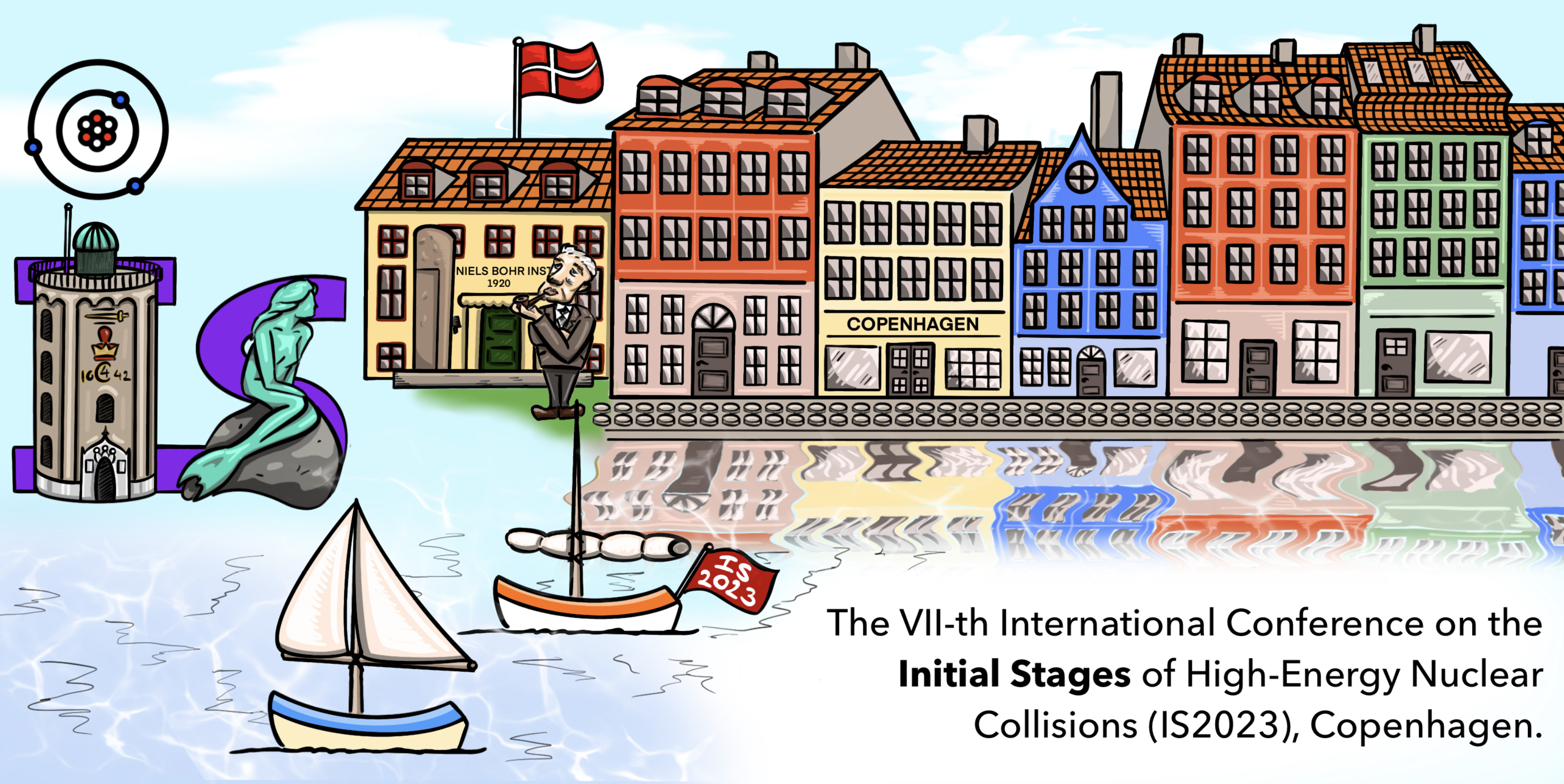Speaker
Description
Neutron skin thickness $\Delta r_{\rm np}$ of nuclei and the inferred nuclear symmetry energy are of critical importance to the equation-of-state of dense nuclear matter in neutron stars and heavy-ion collisions. The $\Delta r_{\rm np}$ has traditionally been measured by low-energy hadron-nucleus and nucleus-nucleus scatterings over decades.Recent studies indicate that the neutron skin can also be measured, unconventionally and possibly with better precisions than traditional methods, by colliding isobar nuclei at relativistic energies [1]. The idea is to compare the produced hadron multiplicities ($N_{\rm ch}$) [1], the mean transverse momenta ($\langle p_{T}\rangle$) [2], and the net charge multiplicities ($\Delta Q$) [3] to trace back the nuclear structure differences between the isobar nuclei. In this talk, we will present results on the $N_{\rm ch}$, $\langle p_{T}\rangle$, and $\Delta Q$ ratios between $^{96}_{44}$Ru+$^{96}_{44}$Ru and $^{96}_{40}$Zr+$^{96}_{40}$Zr collisions at $\sqrt{s_{\rm NN}}=200$ GeV by STAR. We extract the neutron skin thickness and the symmetry energy slope parameter from these data. We compare our results to the global data on symmetry energy and discuss their implications in the context of equation-of-state of dense matter and neutron stars. We also comment on the implication of our results on the baseline for the chiral magnetic effect search in isobar collisions [4,5].
[1] H. Li, H. j. Xu, Y. Zhou, X. Wang, J. Zhao, L. W. Chen and F. Wang, Phys. Rev. Lett. 125, 222301 (2020).
[2] H. j. Xu, W. Zhao, H. Li, Y. Zhou, L. W. Chen and F. Wang, arXiv:2111.14812 [nucl-th].
[3] H. j. Xu, H. Li, Y. Zhou, X. Wang, J. Zhao, L. W. Chen and F. Wang, Phys. Rev. C 105, L011901 (2022).
[4] H. j. Xu, X. Wang, H. Li, J. Zhao, Z. W. Lin, C. Shen and F. Wang, Phys. Rev. Lett. 121, 022301 (2018).
[5] M. Abdallah et al. (STAR), Phys. Rev. C 105, 014901 (2022).
| What kind of work does this abstract pertain to? | Experimental |
|---|---|
| Which experiment is this abstract related to? | STAR |
